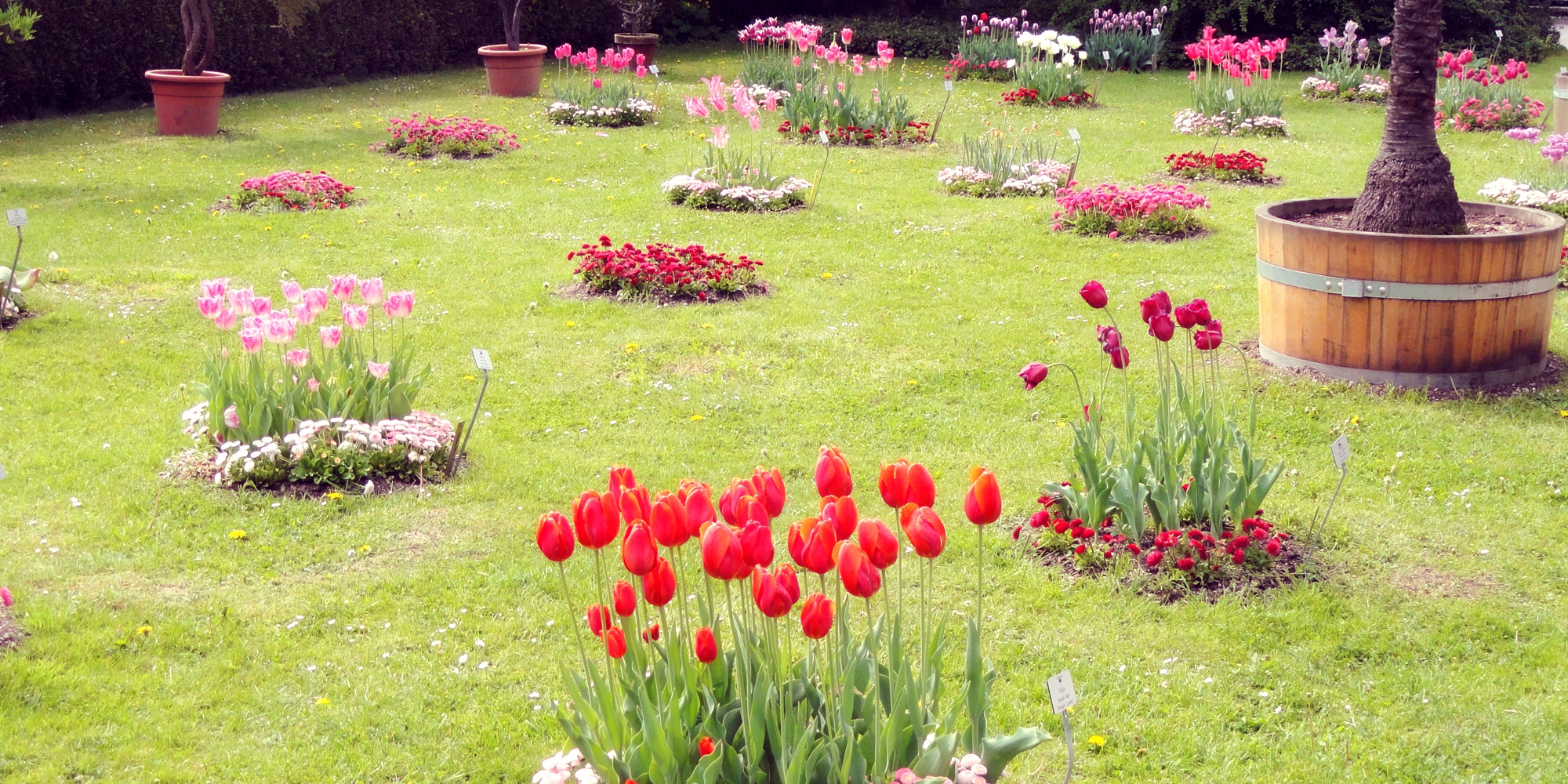There's a big difference between a gardener's garden and a designed garden. But what's the real difference?
Some people really like to get garden designs made by a designer or a landscape architect while others prefer to design their own gardens. There's a big difference between the two gardens, but the differences boil down to personal taste.
A gardeners garden is the most common garden. You take a visit to your local garden centre and start wandering around. All the interesting plants and flowers attract your attention and you pick a few of the best looking one. You proudly head home to your garden holding your new plant proudly up and start looking for a place to give it a home. Eventually you find a spot and there becomes the home for your new plant. This happens again and again until your garden evolves. Now there's nothing really wrong with that, but it never seems to look like one of those fancy gardens you see in videos or in books.
In a designers garden, it's far different. For the most part, there's rarely one of any single plant, with the exception of specimen plants. You often see larger groupings of plants or a single variety of plant placed numerous places around the garden. The paths are clearly defined, there's working space and leisure places. It seems to be an "ideal" garden. However, the design is static and never really changes much over time. Sometimes, it can lack that little personal touch from the home owner.
But is one garden better than the other? It's a rather tough decision. While a designed garden has it's merits, it does evolve the same as a gardeners garden. And then you look at the gardeners garden and things don't seem to "flow" all the time, or spaces for entertaining or eating are somewhat lacking. Those gardens are different from each other and it's a personal decision.
The big question is: Can you have both? It is possible to strike a compromise. It's a good idea to try and draw out a bit of a plan and outline the spaces you eventually want to have, like play areas for the kids, or a nice BBQ corner. Keep this design in mind anytime you go shopping. Next, try and divide the areas into distinct beds. If at all possible, get the plants for each bed all at once. With most perennials and smaller shrubs, get at least three of one variety to create groupings rather than using single plants. This ensures you will end up with a somewhat structured garden. It's also nice since you often will do the beds at different times of the year, purchasing the plants that look best at that time. Effectively you end up with a garden that follows through the season and is never boring. You also shouldn't be afraid of moving plants. When you create a garden one plant at a time, be prepared to move plants to new locations to fine tune you garden.
If you do want to have a design made by a designer, it's a great idea to ask for a space left open for those little impulse buys. No matter how stunning your design is, there's always a plant you see at some point that you just have to have. Until the time comes that you find that perfect plant, just use annuals.
There's no such thing as having a "bad" garden. Everybody has a different idea of design. As long as you're happy with your garden, then there's nothing wrong with it.

